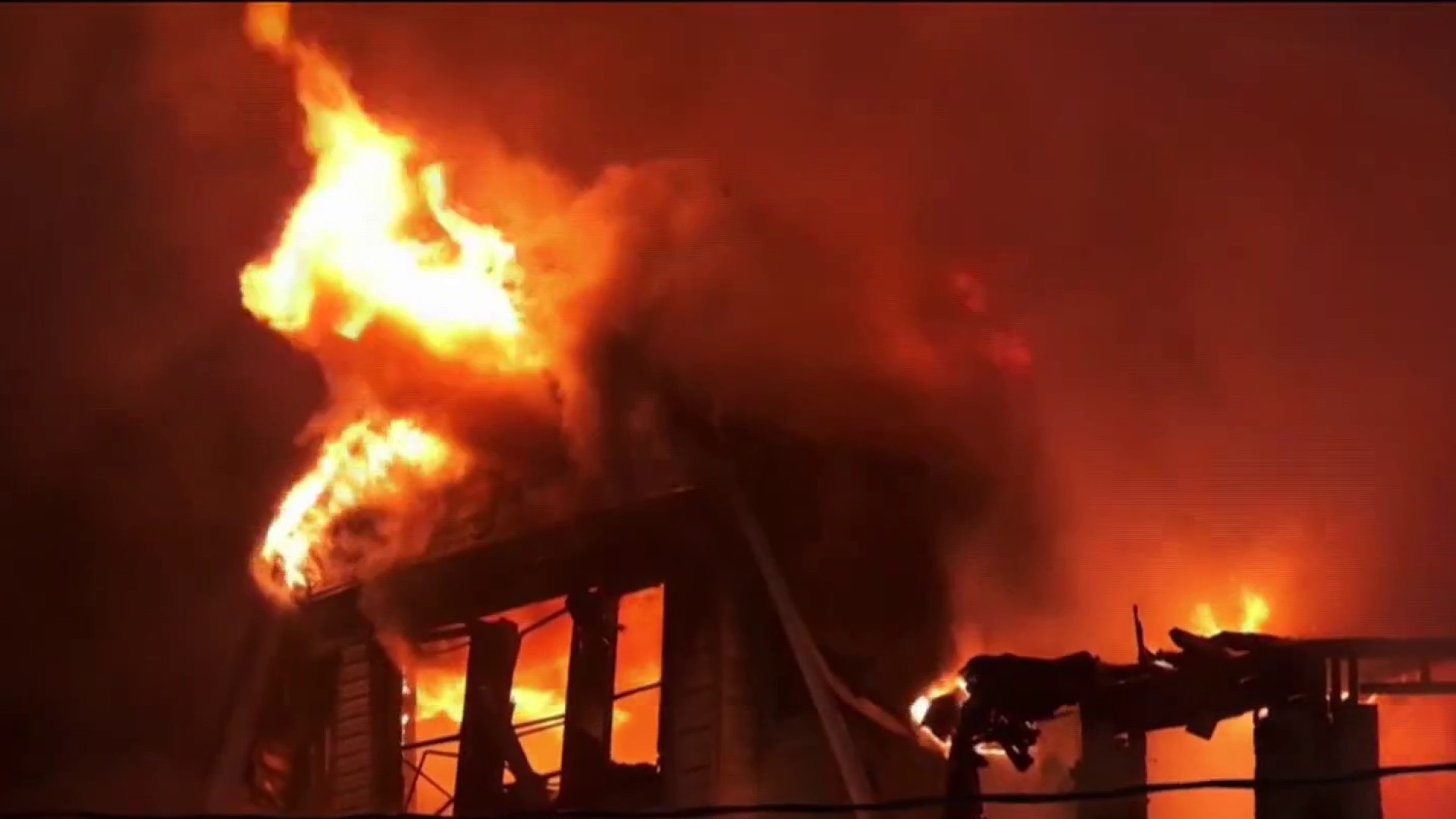Train service on the 1, 2, and 3 lines in Manhattan finally resumed normal service early Sunday morning, days after two trains collided at the 96th Street subway station in a derailment that left more than 20 people hurt.
The MTA said Sunday morning that service on those three subway lines was fully restored in Manhattan after we "safely moved two derailed trains and repaired the tracks at 96 St."
Gov. Kathy Hochul, announcing the restoration late Saturday, said crews had spent the previous days clearing the impacted trains, repairing the tracks, and completing a safety inspection.
“MTA crews have worked diligently through two nights and days to secure the 96 Street tunnel’s infrastructure for safe use," Hochul said. “With full service being restored, hundreds of thousands of riders on the west side of Manhattan, the Bronx and Brooklyn will again be able to ride the 1 2 3 lines to get to work, school, and to see friends and loved ones.”
Federal transit safety investigators began reviewing all of New York City's subway operations in response to Thursday's collision and derailment that caused minor injuries to more than 20 people, the chairperson of the National Transportation Safety Board said Friday.
Get Tri-state area news delivered to your inbox. Sign up for NBC New York's News Headlines newsletter.
Chair Jennifer Homendy said the NTSB had concerns because this week's collision between two trains was the second serious subway episode in Manhattan in just over a month. On Nov. 29, a subway worker for the MTA was dragged under a train and killed while working as a rail safety flagger.
Local
“This is the second accident on New York City transit’s property in 37 days. That’s not typical," Homendy said at a news conference at the 96th Street station, where Thursday's collision happened. "The NTSB has been very focused on system safety ... so coming here we are going to want to look at the entire system, including how it is managed and supervised."
Homendy said later Friday that the NTSB typically reviews a company's entire operations and safety protocols in its investigations.
Pat Warren, the MTA's chief safety and security officer, said the agency was aware of the NTSB's comprehensive approach.
“For a subway system that schedules 2.7 million train trips a year, covering 345 million miles annually, this derailment was a rare occurrence that points to the safety and resilience of transit in New York,” Warren said in a statement Friday night.
The low-speed crash on the Upper West Side took place at about 3 p.m. on the 1, 2 and 3 lines. Homendy said an out-of-service train with a few MTA workers aboard struck another train carrying about 300 passengers at a rail switch, causing both trains to derail.
Workers on the out-of-service train had been making repairs after someone pulled a number of emergency stop cords and disabled the train. After resetting most of the brakes and disabling others, the workers were trying to get the train to the 240th Street railyard when the collision occurred, Homendy said.
There were no early indicators of a cause, she said.
Asked about whether there were signs of human error, Homendy said it was still unclear but added, “It's easy to blame humans. Human error is a symptom of a system that needs to be redesigned.”
Earlier in the day, NYC Transit President Richard Davey said the passenger train had the green light to proceed Thursday but the disabled train did not. “As a result, it bumped into the train,” he said. “Why, we don’t know, that’s still under investigation.”
Work crews had been laboring to lift hulking rail cars back on the rails on Friday. Davey said getting them back on the rails in the aftermath was complicated because of the subway tunnel's low ceiling.
Transit workers are “literally lifting it a few inches, shimmying it over, lifting it a few, shimmying it over,” Davey said. “So that process takes a while.”
Homendy said the subway system does not have cameras and data recorders that could help investigators. She said the NTSB recommended those devices nationwide to another federal agency in 2015, but the proposal has not been approved so the devices are not required.
Derailments and crashes in the 119-year-old New York City subway system are rare. The worst crash in city subway history happened on Nov. 1, 1918, when a speeding train derailed in a sharply curved tunnel in Brooklyn, killing at least 93 people.
More recently, five people died on Aug. 28, 1991, when a 4 train derailed at Manhattan's 14th Street Union Square station. That train’s motorman was found at fault for alcohol intoxication and served 10 years in prison for manslaughter.



